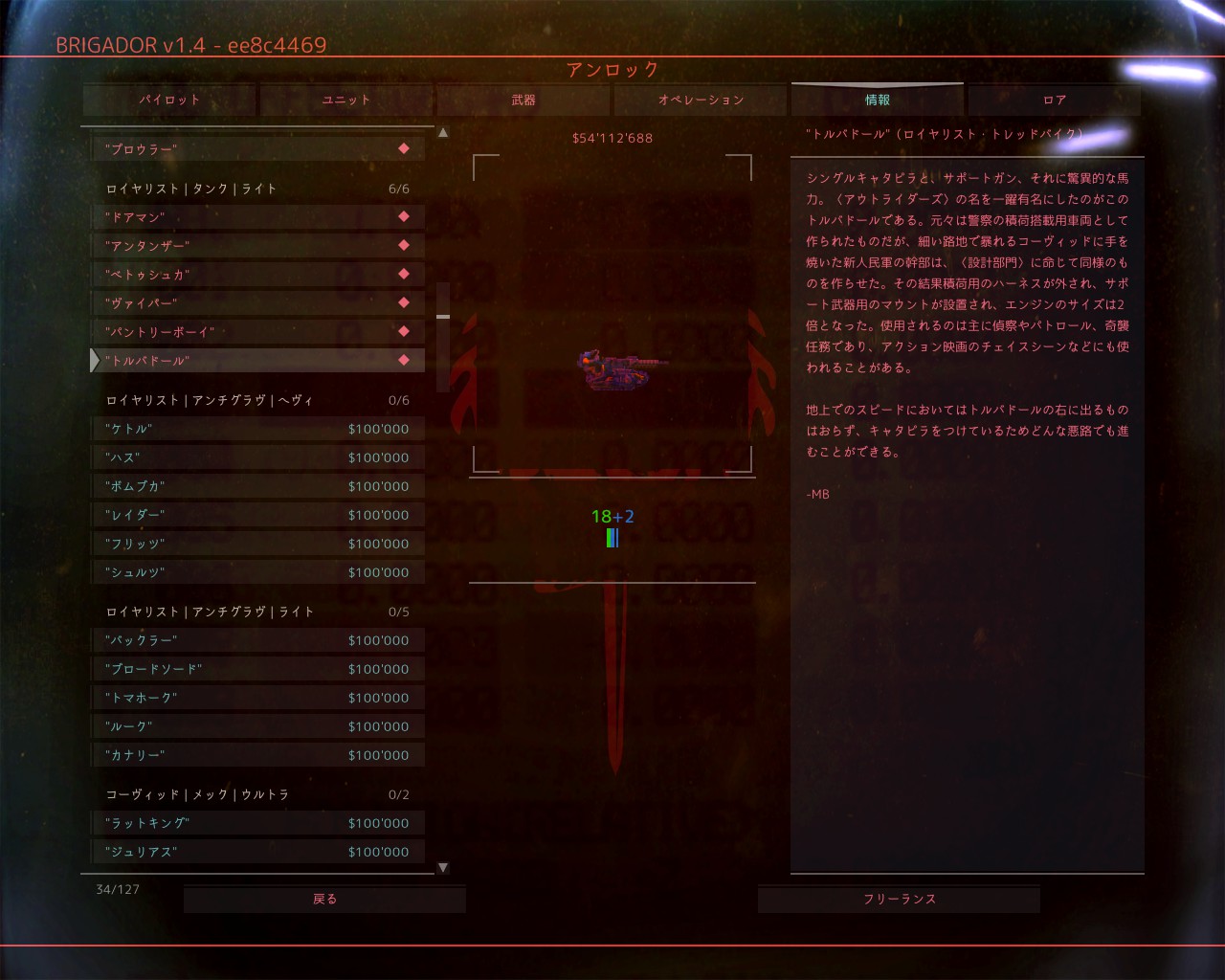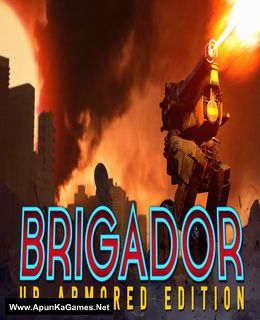

I relished taking advantage of the huge array of arms and armor to see how far I could get with a zany loadout (Hint: try the Parliament cannon). I wasn’t much of an antigrav advocate after completing a few missions, so I tended to stick with the more grounded and less floaty vehicle types.īrigador yet excels at delivering a finely detailed destruction sandbox. Turning a corner or dodging fire sometimes glued me onto a wall worse, I’d occasionally juke into the midst of the enemy’s position and get immediately cut down. Most tedious was attempting fine movement in an antigrav: strafing was relative to where the vehicle faced (which always pointed with my mouse) instead of the static camera position. I could also hold down another key to lock my angle to my mouse that helped quite a bit, but I was bewildered from its lack of a toggle feature. There’s an option to add a directional arrow at the mech’s feet, but its small size and yellow coloration was too easily smothered in the thick environment. Maintaining a sense of direction took extra effort largely in part to the tank-like controls and the mental gymnastics of finagling twin independent orientations for my mech’s upper torso and legs. My screen frequently became so clouded with flying firepower, explosions, and zippy enemy mechs that I couldn’t easily spot fatal danger until it was too late. The absence of mid-mission saves or checkpoints teetered defeat between a Souls-esque educational tool and a desk-flipping frustration. I yearned for my status bars to sit nearer or perhaps above my mech instead of shoved into the upper-left corner, as shifting my eyeballs to check my ammo or armor was often enough of a split-second distraction to end in ruin.
Brigador up armored edition wiki full#
Where Brigador hits a snag is its suddenness of death amplified by a full mission reset on a single loss. The sheer volume of weaponry made it tough to keep track of specific characteristics, but I delighted in experimenting with various loadout combos and adjusting the tactics needed to survive the ensuing mayhem. The arsenal assortment is vast: shell cannons, phosphorous grenade launchers, heat rays, something called a Disco laser, and plenty others. Vehicles can be bipedal mechs, traditional tanks, or hovering assault platforms, but I favored the more eccentric amalgamations such as a treaded schoolbus with a railgun welded onto its roof. Trampling, stomping, shooting, or vaporizing every piece of scenery and enemy hardware-it can even be a row of bushes-awards money which funds freelance mode unlocks of additional equipment, missions, and personnel but serves little additional purpose beyond a rudimentary high score value. Sticking with the same mech and pilot would have imparted some character-driven progression. I missed that added flexibility in the campaign’s 21 missions.

This contrasts with freelance mode, where I had the freedom to choose a pilot and customize my mech’s chassis and four weapon slots before deploying into a skirmish stage.

They essentially represent a difficulty slider from “cakewalk” to “please kill me.” The easiest option usually bestows a beefy mech bristling with powerful long-range armaments, while the hardest is little more than a fragile, if quicker, pea-shooter demanding a strong familiarity with the chosen level to survive past the first few minutes. The campaign presents four preset vehicle loadouts for each stage. There’s a faintly gonzo story here involving factional conflict amid an despotic government, but keeping tabs on the surprisingly novel lore was far from necessary to grasp the straightforward objective of fireballing designated targets or structures-think Just Cause’s Rico Rodriguez driving something out of a Tiberian Sun factory for a basic gist. Blowing things up is Brigador’s central theme, and driving that theme is a team of mercenaries piloting a small army of mechs. Everything blows up in satisfyingly meticulous fashion, of course.


 0 kommentar(er)
0 kommentar(er)
